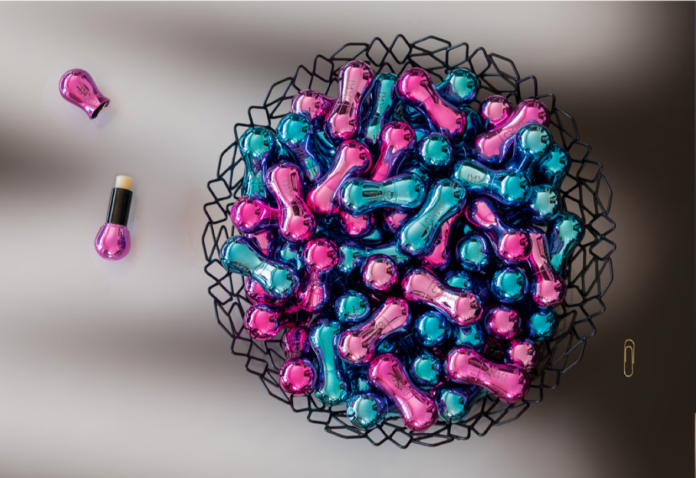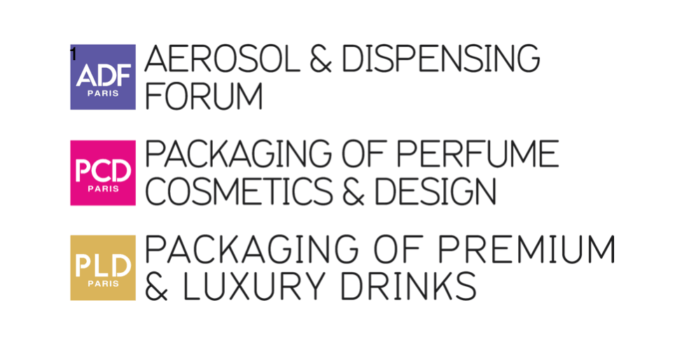As the French Presidency of the Council of the European Union gets underway in January, the cosmetics sector will be paying particular attention to several texts under discussion or in preparation during this term.
With over 5 billion euros worth of exports in 2020, the EU is the leading destination (40%) for French cosmetics exports. A key market for this sector, which is the second-largest contributor to France's balance of trade behind aeronautics.
In addition, the European Union produces most of the regulatory framework to which cosmetics manufacturers are subject, starting with a sector-specific regulation 1, the revision of which has just begun, which guarantees consumer health and safety. More broadly, the EU has included in its work program several texts that will have a direct or indirect impact on the sector: launch of a strategy on sustainable chemistry, overhaul of the framework applicable to packaging, reinforcement of consumer information, regulation of digital platforms...
Continuing to guarantee consumer health and safety
Recognized as the strictest in the world, the European Cosmetics Regulation serves as a reference model throughout the world. As part of its "Strategy for Sustainable Chemicals" (SSC), the European Commission has announced a revision of the European Cosmetics Regulation to adapt the existing framework to this new strategy, and to make a number of updates.
The FEBEA welcomes an update of this text, which came into force in 2013, but will be particularly vigilant to ensure that an approach to assessing ingredient safety based on the notion of risk is maintained. In contrast to the notion of danger, this approach makes it possible to authorize an ingredient for which proof of safe use at a given dose has been provided, and avoids the a priori banning of certain ingredients.
The FEBEA will also be paying close attention to the possible use of the new notion of essentiality. The FEBEA warns of the legal vagueness of this notion, and the need to examine it in greater depth before implementing it as a regulatory decision-making tool. An extensive interpretation could lead to the outright banning of thousands of ingredients, both synthetic and above all natural, which are at the heart of cosmetic formulations, first and foremost essential oils. The example of lavender is often cited, but we must also anticipate that tomorrow, vetiver or patchouli, which are used in a great many perfume compositions, could be banned a priori, due to their possible irritant effect on certain people. The entire French perfume industry, a world leader and benchmark, would be in jeopardy.
Last but not least, the cosmetics industry expects the European Commission's "strategy for sustainability in the chemicals sector" to be an opportunity to put an end to the inconsistencies that may exist between different European regulations, and in particular between sector-specific cosmetics regulations and horizontal regulations (REACH2). By way of example, the cosmetics industry, which is proud to be the only one in Europe where animal testing is banned, will be extremely vigilant to ensure that this ban is safeguarded and consolidated.
Preserving selective distribution networks
The European Regulation3 applicable to selective distribution, such as sales in perfumeries, is a crucial instrument for ensuring a suitable sales environment for cosmetic products. The aim is not only to preserve the brand image, but also to ensure a high level of advice for the end consumer, both online and offline.
As this text is currently being revised, FEBEA reiterates the need to simplify, clarify and adapt existing rules. The development of e-commerce must lead to a relaxation of the rules initially designed to favor this channel.
Stepping up the fight against counterfeiting on digital platforms
In recent years, the rise of large online marketplaces has contributed to an increase in the sale of counterfeit goods. Cosmetic products are the leading category of counterfeit products: not complying with European cosmetics regulations, they represent a serious health hazard for consumers.
It is vital that forthcoming European legislation, such as the Digital Services Act and the revision of the General Product Safety Directive*, should guarantee that all consumers purchasing online have access to safe products that comply with European regulations. In this new context, it is also vital that the regulatory framework to be established reinforces the responsibility of intermediation platforms.
Improving product information for consumers
Given the increasing amount of information, particularly environmental information, expected by consumers and/or required by regulations, dematerialization means that the efforts made by manufacturers to reduce the size of their packaging are not compromised, and that consumers are provided with complete, educational and detailed information, in line with the objectives set out in the Green Pact.
With regard to environmental product labelling, the introduction of a single methodology common to all sectors seems ineffective. The use of alternative and complementary sectoral approaches, based on sound scientific methodologies, should be favored.
Packaging: guaranteeing a harmonized European regulatory framework
For several years now, cosmetics companies have been strongly committed to reducing their plastic footprint, and moving towards a circular economy for their packaging. Last June, the FEBEA unveiled the "Plastic Act", an action plan for sustainable cosmetics packaging which includes ambitious quantified targets for 2025 that go beyond the provisions of the AGEC law, and are broken down according to the "4R" principle (reduction, reuse, reincorporation and recycling).
To enable the cosmetics sector to continue on this trajectory, the revision of the Packaging Directive5 should harmonize national regulations on single-use plastics, to secure the considerable investments made by many sectors in recyclable packaging and preserve the European recycling industry.
The cosmetics sector will also be particularly attentive to ensuring that future measures preserve the free circulation of packaged cosmetics within the common market. With the proliferation of national packaging regulations, it is crucial that the same rules apply to every member state throughout the European Union.















